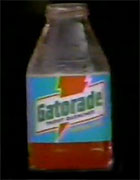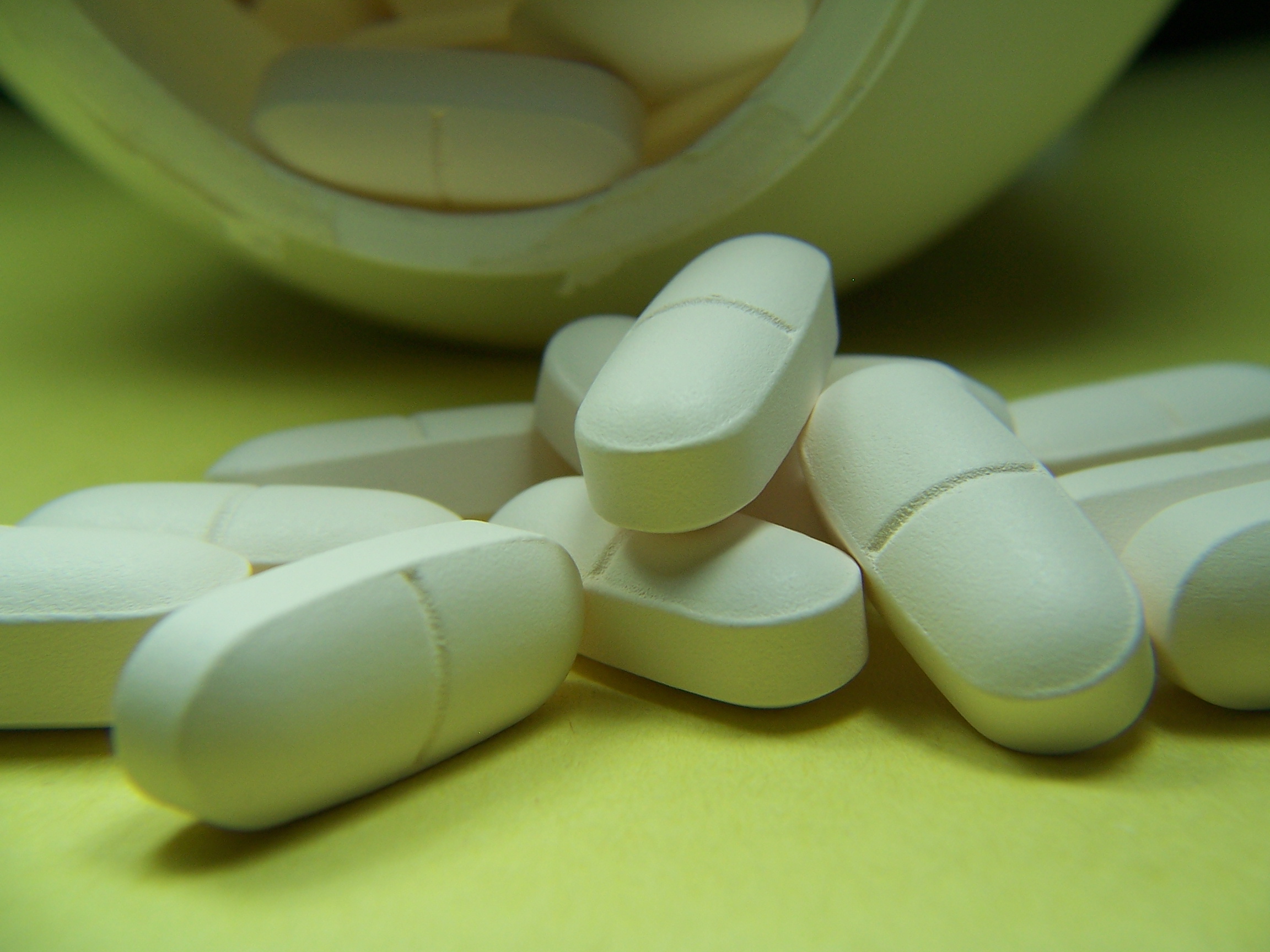
MONDAY, Aug. 6 (HealthDay News) — Although fewer middle and high schools in the United States make sugary sodas available to students today, other sweet beverages, particularly sports drinks, are still widely available, according to a new study.
High-calorie drinks are the main source of dietary sugar among children, and offering these drinks at school can significantly increase students’ daily calorie intake, the study from the Robert Wood Johnson Foundation said.
“Our study shows that, although schools are making progress, far too many students still are surrounded by a variety of unhealthy beverages at school,” lead author, Yvonne Terry-McElrath, a researcher from the University of Michigan and co-investigator with Bridging the Gap, a research program of the Robert Wood Johnson Foundation, said in a foundation news release. “We also know that the problem gets worse as students get older.”
The researchers surveyed more than 1,400 middle schools and more than 1,500 high schools to track beverages sold by these schools outside of meal programs over four academic years beginning in 2006. Specifically, they looked at places where students could buy high-calorie sodas, such as vending machines, a la carte lines in the cafeteria, school stores and snack bars.
The study, published Aug. 6 in the Archives of Pediatrics and Adolescent Medicine, found one in four public high school students could buy high-calorie soda during the 2010 school year. Four years earlier, sugary sodas were available to more than 50 percent of these students, the researchers said.
Meanwhile, the percentage of students in middle school who could buy regular soda dropped from 27 percent in the 2006-2007 school year to 13 percent four years later.
However, the investigators found many middle and high school students still have access to other sugary beverages, such as fruit drinks and sports drinks. In the 2010 school year, 63 percent of middle school students and 88 percent of high school students could buy some type of high-calorie drink at school.
Sports drinks were among the biggest culprits, the researchers said. Although their availability declined from 2006, they were still available to 55 percent of middle school students. Meanwhile, 83 percent of high school students could buy these drinks at school in 2010. In addition to added sugar, the researchers said sports drinks contain an unhealthy amount of salt and are recommended only for serious athletes who engage in rigorous physical activity.
The study also showed that while students’ access to higher-fat milk declined, in 2010 it remained available to 36 percent of middle school students and 48 percent of high school students.
C. Tracy Orleans, senior scientist at the Robert Wood Johnson Foundation, said the progress being made to remove sugary sodas from schools is encouraging. “But while this study does have good news, it also shows that we’re not yet where we want to be,” Orleans said in the news release. “It’s critically important for the USDA [U.S. Department of Agriculture] to set strong standards for competitive foods and beverages to help ensure that all students across all grades have healthy choices at school.”
More information
The U.S. National Library of Medicine has more about sugar and other sweeteners.

